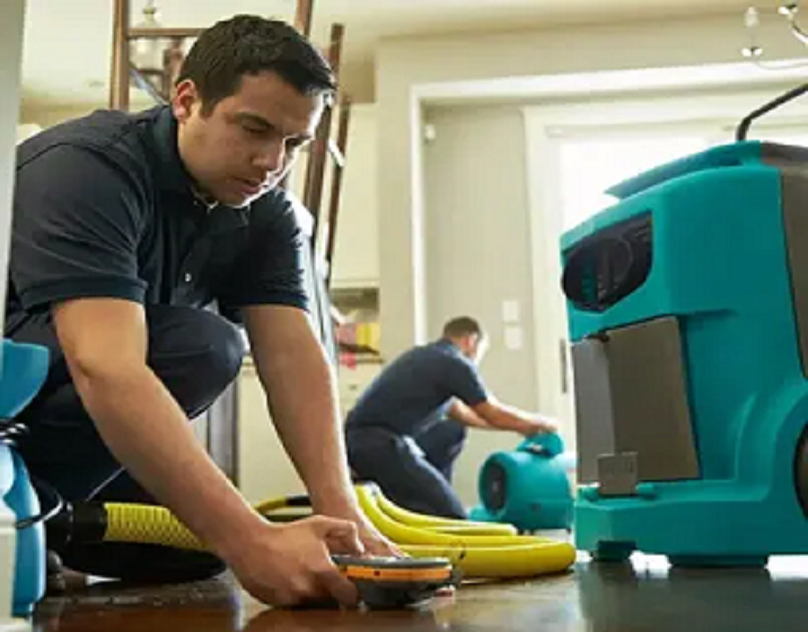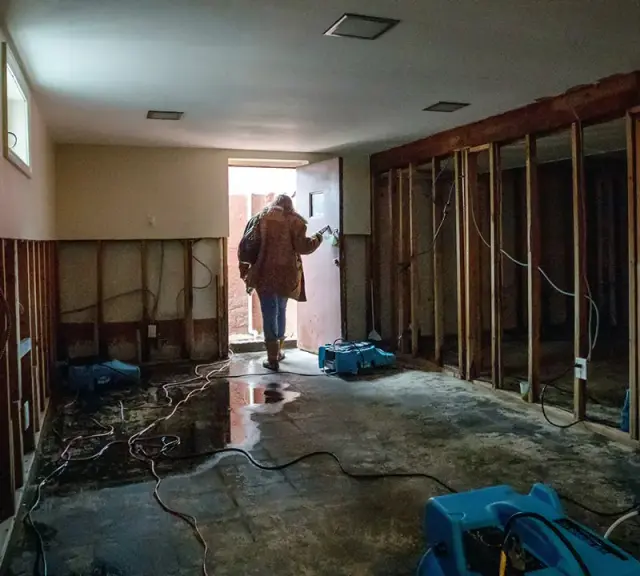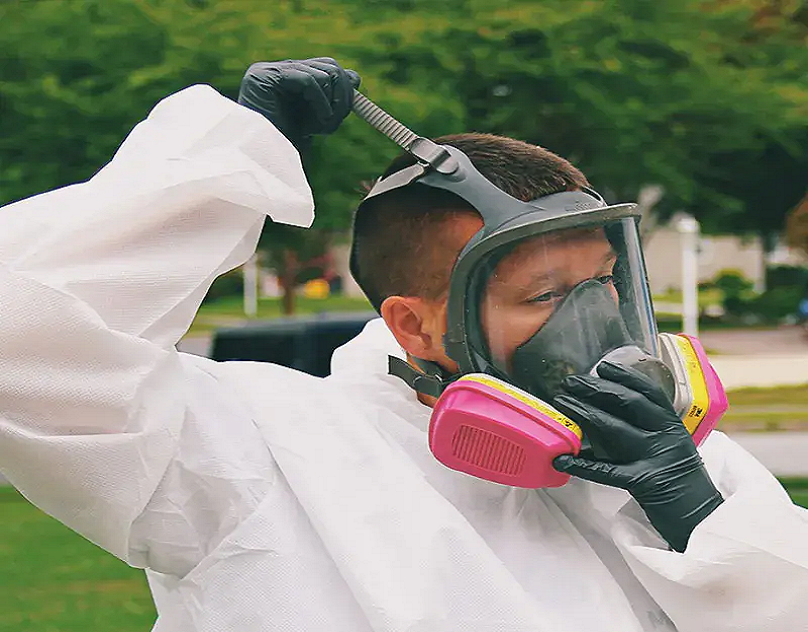
Cleaning up bodily fluids after an incident is never a simple task. Whether the event involves a crime scene, an accident, or a medical emergency, proper cleanup demands expertise, the right tools, and thorough attention to health and safety regulations. Many people wonder, “How long does it take to clean up bodily fluids after an incident?” The answer depends on several factors including the type of fluid, the location, the extent of contamination, and whether professionals are involved.
What Is Bodily Fluids Clean Up?
Bodily fluids clean up Burlington refers to the removal, disinfection, and sanitization of any area contaminated with substances like blood, vomit, urine, or feces. These substances can carry pathogens, making the cleanup process hazardous without proper training and equipment.
This type of cleanup is typically necessary in the following scenarios:
Crime scenes
Unattended deaths
Workplace accidents
Home accidents or injuries
Medical emergencies in public spaces
Due to the health risks involved, it’s crucial to ensure that the cleanup follows safety guidelines set by OSHA (Occupational Safety and Health Administration) and other health agencies.
Time Factors in Bodily Fluids Clean Up
The time it takes to complete a bodily fluids clean up Waterloo depends on a range of variables:
1. Extent of Contamination
The more widespread the contamination, the longer the cleanup takes. A small area where someone vomited may be sanitized in less than an hour, but a room soaked in blood from a traumatic incident can take several hours to thoroughly clean.
2. Type of Surface
Hard surfaces like tile or sealed concrete are much easier and quicker to clean than porous materials like carpet, fabric, or wood. In some cases, porous materials may need to be removed and disposed of altogether.
3. Type of Fluid
Some bodily fluids, such as feces or blood, pose greater biohazard risks than others like sweat or saliva. Bloodborne pathogens like HIV and Hepatitis B or C require extra safety measures and disinfection steps, which naturally increase cleanup time.
4. Accessibility of the Area
Is the affected area in a tight, cluttered space or an open, easily accessible room? Hard-to-reach areas such as behind furniture, under floorboards, or within air ducts can add time to the cleaning process.
5. Use of Professional Services
Hiring a professional cleanup service like Ideal Response ensures that the job is completed quickly, safely, and thoroughly. These teams are trained to handle hazardous waste, use industrial-grade disinfectants, and follow strict decontamination protocols, significantly reducing the time it takes to return the area to a safe state.
Average Cleanup Time for Different Scenarios
Let’s break down some typical cleanup timeframes based on incident severity:
Minor Spill (e.g., vomit on tile): 30 minutes to 1 hour
Moderate Contamination (e.g., blood on carpet or furniture): 2 to 4 hours
Major Incident (e.g., violent crime or unattended death): 6 to 12 hours or more, possibly requiring multiple visits
These are general estimates. Actual time varies with the factors mentioned earlier.
Why Professional Cleanup Is the Smart Choice
Attempting to clean up bodily fluids without the proper gear or knowledge not only takes longer but also poses significant health risks. Blood and other fluids may harbor bacteria, viruses, or other pathogens that are invisible to the naked eye.
Professionals like the team at Ideal Response use a step-by-step system that ensures:
All visible and microscopic traces of contamination are removed
Biohazard waste is properly collected and disposed of
Surfaces are thoroughly disinfected
Odors are neutralized using advanced equipment
Compliance with local and national safety regulations
With their help, bodily fluids clean up becomes safer and more efficient, allowing the affected area to return to normal as quickly as possible.
How to Prepare for a Cleanup Team
If you’ve experienced an incident that requires cleanup, here’s how you can help speed up the process:
Secure the Area: Keep people and pets away from the contaminated space.
Do Not Attempt DIY Cleaning: This could spread contamination further or expose you to biohazards.
Provide Access: Make sure the cleaning team can enter and exit easily with their equipment.
Communicate Details: Share what happened, when, and what areas are affected. This helps the professionals estimate time and equipment needs more accurately.
Final Thoughts
There’s no single answer to how long a bodily fluids clean up takes, but most jobs can be completed within a few hours to a day when professionals are involved. What matters most is that the cleanup is done safely, thoroughly, and according to health standards.
When tie, safety, and peace of mind matter, Ideal Response is the trusted name to call. With experience in managing everything from small accidents to severe trauma scenes, their team delivers fast, discreet, and reliable service you can count on in a time of crisis.




















Write a comment ...